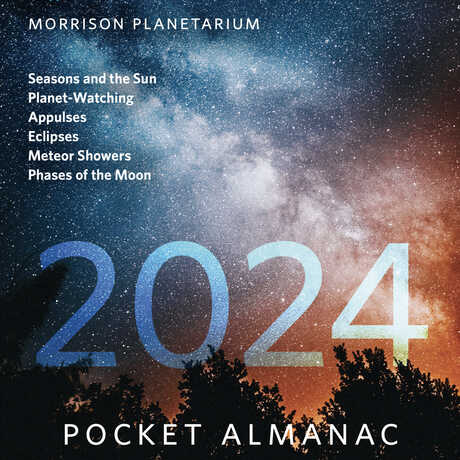Benjamin Dean Astronomy Lectures
JWST: NASA’s Greatest Observatory and Its Great Science!

This image captured by the Webb telescope shows the Tarantula Nebula in the Large Magellanic Cloud, formed from clouds of dust surrounding a bright star cluster. Interspersed with rust-colored highlights, multiple, fluffy arms resemble a spider, giving the nebula its name.
JWST: NASA’s Greatest Observatory and Its Great Science!
Monday, November 7, 2022
7:30 p.m.
Morrison Planetarium
The James Webb Space Telescope (JWST) is the most complex and powerful astronomical space observatory ever built. It launched on Christmas Day in 2021 and has recently been commissioned in its final orbit in the Sun–Earth system. The large 6.5-m diameter JWST primary mirror and its science instruments will allow it to see some of the very first galaxies that formed in the Universe shortly after the Big Bang. Other major science themes of JWST encompass studying the assembly of galaxies, the birth of stars and planetary systems, and studying planetary systems and the origins of life. JWST will be the premier astrophysics space observatory for NASA and the European and Canadian Space Agencies (ESA and CSA), and it was in development for over 20 years. Scientists from all over the world will use it during its mission lifetime—which could be 20 years or more! JWST will augment the Hubble Space Telescope, which primarily works at shorter visible and ultraviolet light wavelengths. In this talk, Dr. Greene will illustrate the mission’s science goals and highlight some aspects of its design, technologies, and initial science results. In addition to these topics, many scientists will use JWST to make discoveries that we have not yet imagined.
About Thomas Greene

Thomas Greene is an astrophysicist in the Space Science and Astrobiology Division at NASA’s Ames Research Center. He conducts observational studies of exoplanets and young stars and develops astronomical technologies and instrumentation. Dr. Greene is a co-investigator on the NIRCam and MIRI science instruments of the James Webb Space Telescope (JWST) and serves on the JWST Users Committee. While at NASA Ames, he has served as the Director of the Ames Center for Exoplanet Studies, Project Scientist of the SOFIA mission, and Chief of the Astrophysics Branch. Before joining NASA, he worked at the Lockheed Martin Advanced Technology Center on NASA astrophysics missions. Prior to that, Dr. Greene was on the faculty of the University of Hawaiʻi where he was a support astronomer and later Director of the NASA Infrared Telescope Facility (IRTF). He received his Ph.D. in astronomy from the University of Arizona.
Download Morrison Planetarium's 2024 Pocket Almanac to stay up-to-date on eclipses, meteor showers, satellite spottings, and more.
